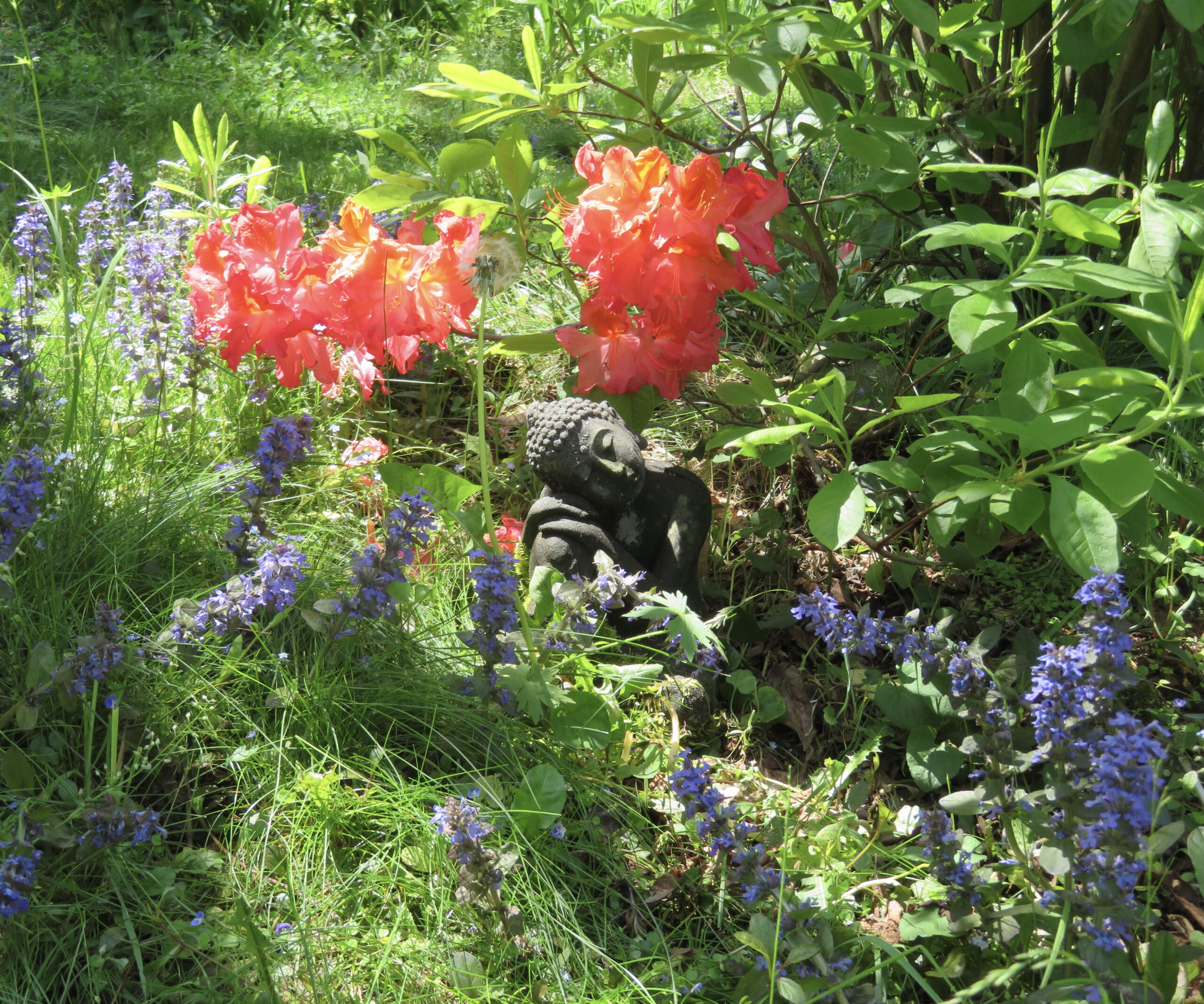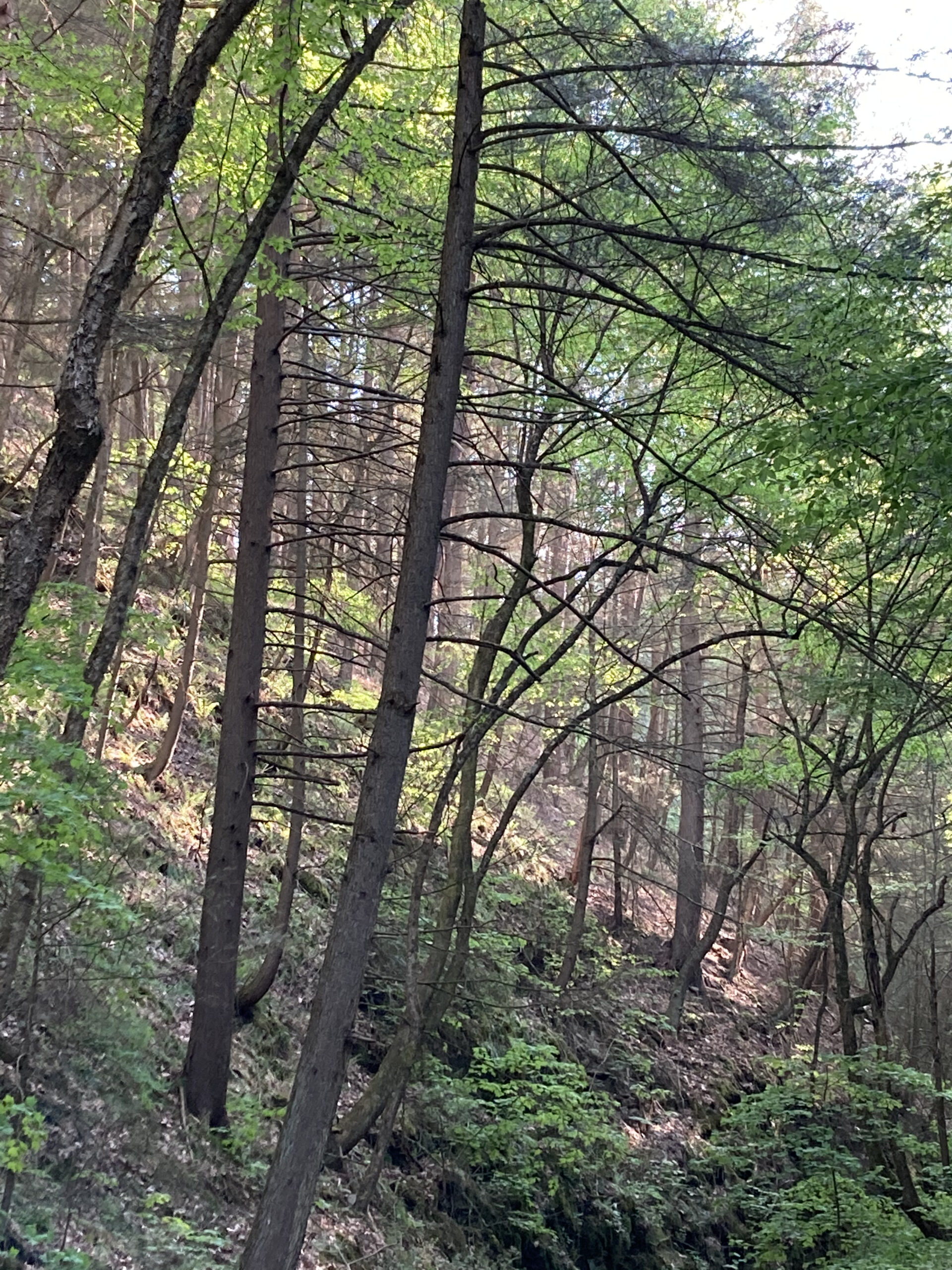Unbelievably, it’s almost mid-August, and I can feel the end of warm weather approaching, the nearness of fall and winter. Considering how tough the last two, or five winters have been, we might have an added dread of the season. So, the end of summer can be a good opportunity to reflect on what we want or need from this time of year, and this time in our lives. And to try to make it reality before it’s gone.
Last night, I woke up at 5:15 and got out of bed. The moment was delicate, and not only because I was barely awake. Outside, light fell on the grass and trees like mist, like a mist of color, lighter than moonlight but not as deep as midday sun.
It was delicate, fragile because it felt so new, like a newborn. And I seemed to have the moment all to myself. I could hear no other person in the house or on the street. No cars on the road. If we don’t have to get up early for work, or don’t do it naturally, we don’t see the earth like this, just emerging from darkness, as if it were trying to figure out “how do I do this?”
There were birds awake outside singing loudly. One could not contain itself. I don’t know if it was berating the sun for having previously left the world to the dark, or if it just couldn’t find its mate. Or maybe it was telling the universe the story of morning; and every song it sang, every note or exclamation sprang single-mindedly from its mouth.
We often fear the fragile, fear it could too easily become hurt, especially after this last year and a half, or four years and a half. We all carry hurt. It is the nature of being human, or the nature of being alive. We have the scars and memory of pain, and some have way too much. Being delicate is vulnerable. But it can also be the strongest part of us. It can teach us not only what to avoid or fight, but how. It can shield us or release us.
When the world feels delicate, we notice the tiniest of changes in our surroundings and ourselves. If we don’t retreat into thoughts or get lost in memories, our awareness is heightened. We feel the tiniest tug on our heart. We notice changes in the posture of people we speak with, the quick inhalation, the deceptive movement in the eyes or incipient smile of joy in the lips. And we have the opportunity, if we can allow ourselves to feel it, to move with it. Move in-between the cries of pain, the calls to pleasure, the enticements, or dangers of memory and let all of these teach us the steps in a healing dance….
*To read the whole piece, please go to The Good Men Project.


